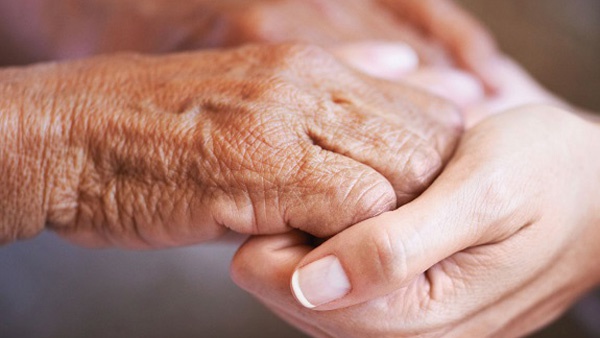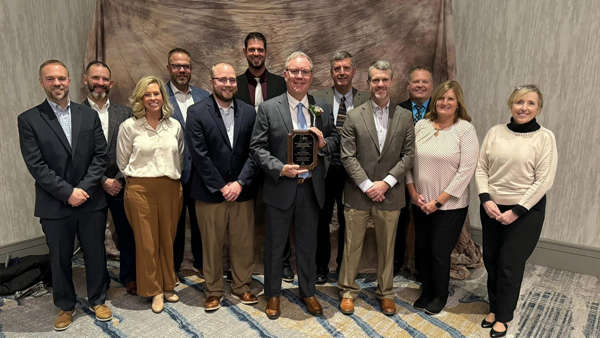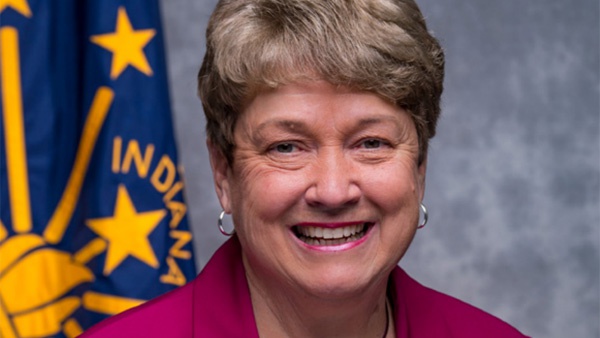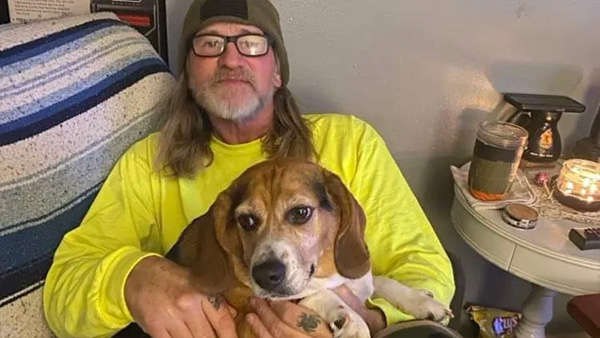According to a new report from Feeding America, the portion of Indiana seniors going hungry is a little above the national average.

(Indianapolis, Ind.) - Despite a strong economy, the number of seniors at risk of going hungry remains stubbornly high. According to a new report from Feeding America, 5.5 million U.S. seniors were food insecure in 2017 - and the percentage who were missing meals has remained near the same level since the start of the Great Recession.
Amy Crumbaugh, director of population studies for the organization Feeding America, said the research indicates the total number of older folks is rising.
But more important, she said, may be the fact that many seniors don't benefit from low unemployment.
As Crumbaugh explained, "People are doing better because they're able to get back to work. And if you're not within the labor market because you're a senior and you're retired, you're not going to get the benefit from that opportunity."
Crumbaugh said more seniors could get federal food assistance, but they are "under-utilizing" the Supplemental Nutrition Assistance Program (SNAP), formerly known as food stamps.
She called SNAP a "very effective, very efficient" program that does a huge amount to reduce hunger. However, she noted that some people face practical barriers that keep them from applying for or using the benefits.
Crumbaugh added some might also feel too ashamed to admit they go hungry.
"They've worked their whole lives, they've raised families, and so it's hard," she explained. "And I think they feel a stigma around raising their hand and saying, 'Hey, I don't always have enough to eat.' Or, 'Sometimes I go without so that my grandchild can eat.'"
The group found nearly 8% of Indiana seniors are considered food insecure, or not always certain they'll have enough food to meet their needs. That figure is slightly higher than the national average.
Crumbaugh said in Indianapolis, the number is higher than either the state or national average.
"If you look at the state of Indiana, you've got a rate of 7.9%," she said. "But when you look at the Indianapolis metropolitan area, senior food insecurity rate is actually 9.5%. So, it's higher in Indianapolis than it is in the whole state of Indiana."

 MMH Hosts Topping Out Ceremony
MMH Hosts Topping Out Ceremony
 Ketchum Receives Indiana Superintendent of the Year Award
Ketchum Receives Indiana Superintendent of the Year Award
 Senator Leising Files Bill Removing Excessive Requirements for Educator Literacy Endorsement
Senator Leising Files Bill Removing Excessive Requirements for Educator Literacy Endorsement
 Ribbon-Cutting Held for Osgood Trails Expansion
Ribbon-Cutting Held for Osgood Trails Expansion
 Indiana DNR: ‘Opt outside’ over Thanksgiving Holiday
Indiana DNR: ‘Opt outside’ over Thanksgiving Holiday
 Fundraiser Underway for Local Vet Battling Lymphoma
Fundraiser Underway for Local Vet Battling Lymphoma













